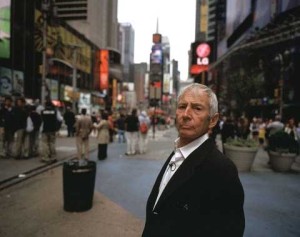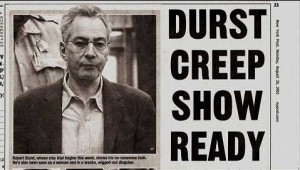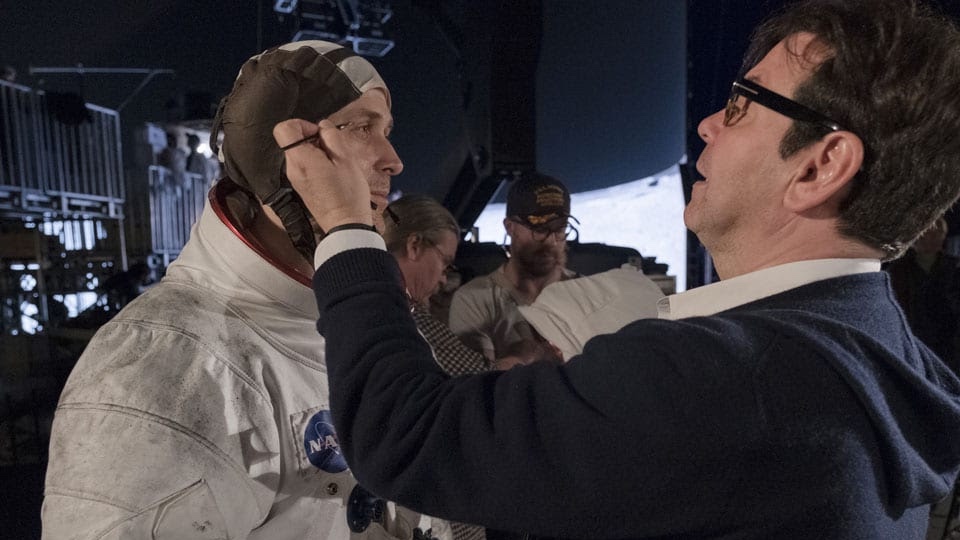
This complicated tale of an enigmatic man is the product of an equally complex production that included interviews with Durst and others connected to his life, meticulously researched reenactments, crime scene photos, news footage and other new and archival material. The myriad of source materials presented a significant challenge for the post team. The interviews with Durst spanned 10 years and were captured with a variety of high definition cameras. Reenactments were recorded at HD with the Canon C300 and at 2K with ARRI Alexa cameras. Archival media ranged from standard definition news footage to 35mm black-and-white crime scene photos. Jarecki’s editorial team delivered a picture-locked timeline and source material to Technicolor PostWorks organized by media type and frame rate. Smith and his assistants converted the source material to HD resolution using a variety of hardware and software, including Digital Vision’s Nucoda, Blackmagic Design’s Teranex and Autodesk’s Flame.
 “The organization of the source media into tracks by type allowed us to avoid a one-size-fits-all approach,” Smith explained. “Instead, we used different conversion methods for each format and frame rate to achieve optimal results.”
“The organization of the source media into tracks by type allowed us to avoid a one-size-fits-all approach,” Smith explained. “Instead, we used different conversion methods for each format and frame rate to achieve optimal results.”
The final look of The Jinx was refined through a series of grading sessions in Nucoda. Smith noted that the aim was to achieve consistency among material shot over a long period of time with different cameras and to establish a mood. “Andrew didn’t want it to look like a typical crime show,” he said. Smith applied a Log-C to Rec. 709 LUT to the Alexa footage and a C-Log to Rec. 709 LUT to the C300 footage.
Working under Smerling’s direction, Smith enhanced several different looks to create a sense of place and help the audience follow the progress of the story. “The journey of Robert Durst took him from Texas to Los Angeles, Northern California and New York,” said Smerling. “We needed the audience to see these different places so we devised looks to reflect the climates. Texas is bright and hot. New York is darker, more gray. Los Angeles is colorful, almost playful. Northern California is cooler, more blue.”
 Crime scene reenactments were given their own look. “It was important that the audience never confuse reenactments with reality,” explained Smerling. “We shot them in a cinematic fashion that Sean helped to perfect in the color correct. The reenactments are a special place for the storytelling, a place of insight and elegance.”
Crime scene reenactments were given their own look. “It was important that the audience never confuse reenactments with reality,” explained Smerling. “We shot them in a cinematic fashion that Sean helped to perfect in the color correct. The reenactments are a special place for the storytelling, a place of insight and elegance.”
Smith used Flame to apply image enhancements and other fine-tuning effects. In all, he spent nearly three months preparing finished masters of the six, one-hour episodes.
Since its debut on HBO, The Jinx has earned critical praise for its innovative storytelling and sophistication.





